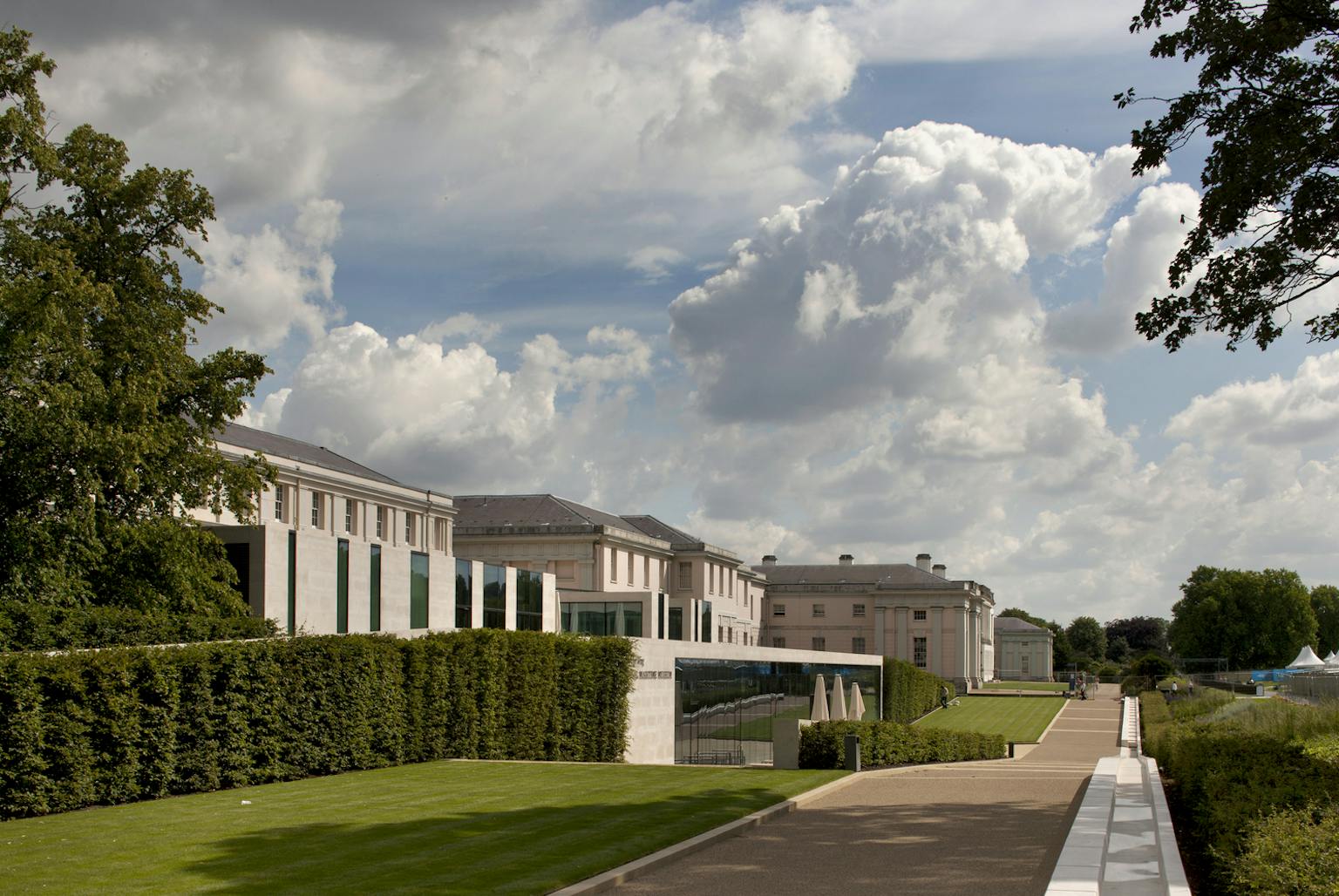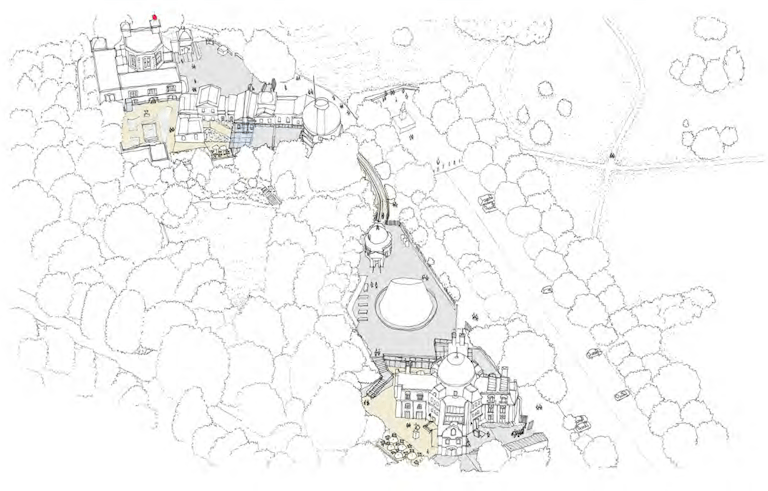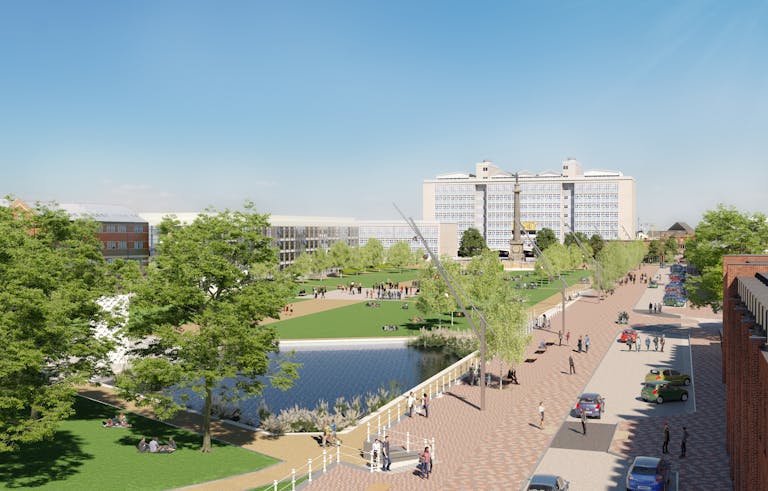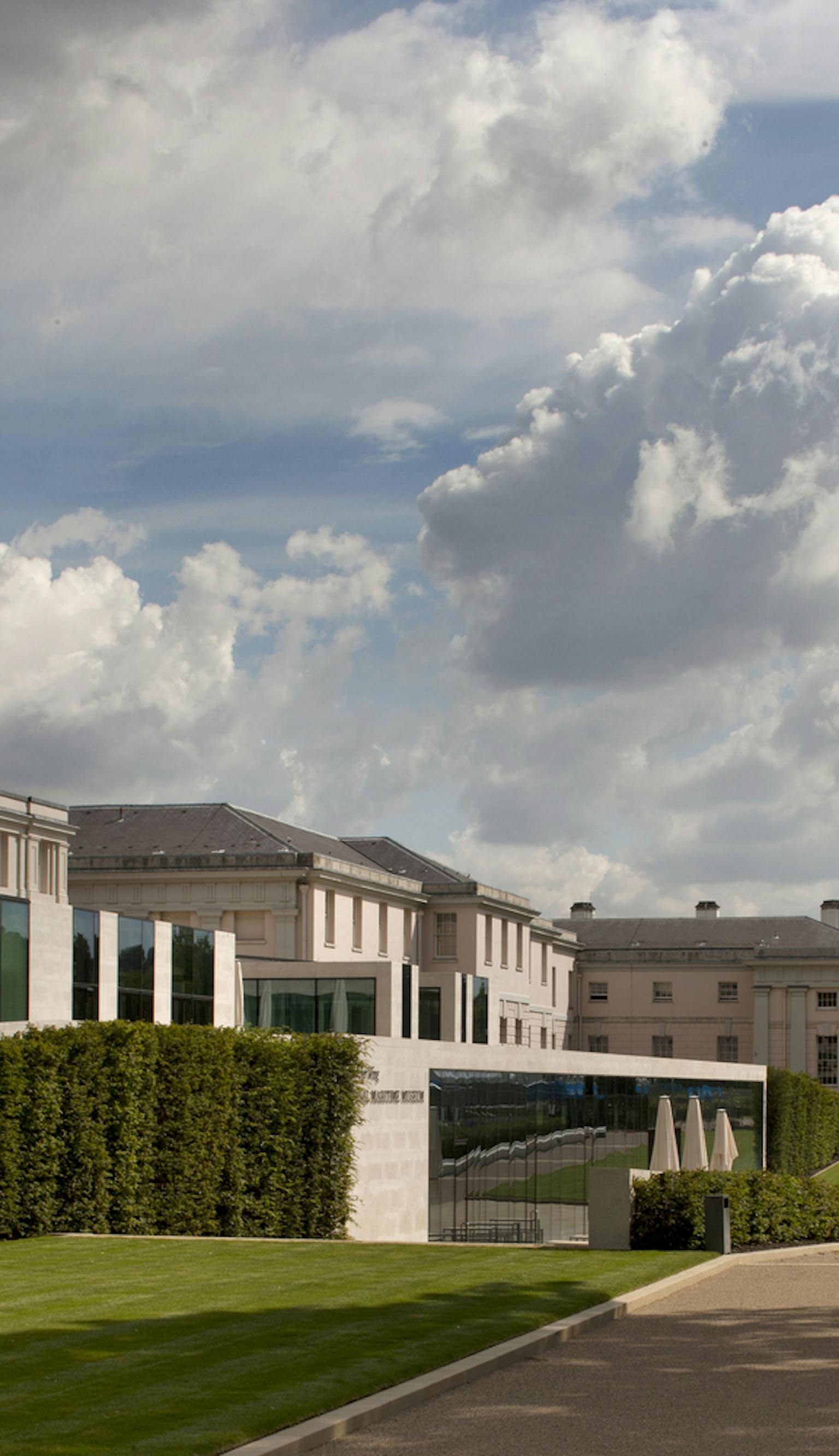
National Maritime Museum
Enhancing, expanding and celebrating a UNESCO treasure
- Location
- London & South East
- Client
- Royal Museums Greenwich
- Awards
- LABC Building Excellence Award: Best Community Building 2012 (Sammy Ofer Wing)
- RIBA London Award 2012 (Sammy Ofer Wing)
- Shortlist
- Civic Trust Awards 2012 (Sammy Ofer Wing)
- New London Awards 2012: Culture & Community (Sammy Ofer Wing)
- RICS London Design & Innovation Award (Sammy Ofer Wing)
- Building Awards 2012 (Sammy Ofer Wing)
Purcell’s ongoing work as architects, masterplanners and heritage consultants at the National Maritime Museum has facilitated the development and transformation of various parts of the complex within the Maritime Greenwich UNESCO World Heritage Site, including the four Endeavour Galleries and the multi award-winning Sammy Ofer Wing.
Design
The multimillion pound project completed in 2011 transformed the Grade I listed Sammy Ofer Wing building, doubling the size of the south-west wing to 7,300m2 of new floor space. The concept design by architects C. F. Møller was developed and delivered by Purcell.
The scheme created a new contemporary entrance blending into the landscape of Greenwich Park. The entrance lobby, with brightening roof lanterns and a triple height atrium, entices visitors into the special exhibitions gallery. Large glass windows reflect the park to highlight the building’s setting in its iconic landscape. While it has a contemporary aesthetic, it is inspired by the rhythmic window sequences found in Baroque buildings. Much of the space is below ground to ensure the Victorian façade remains visible. It also returned 580m2 of outdoor space to public use.
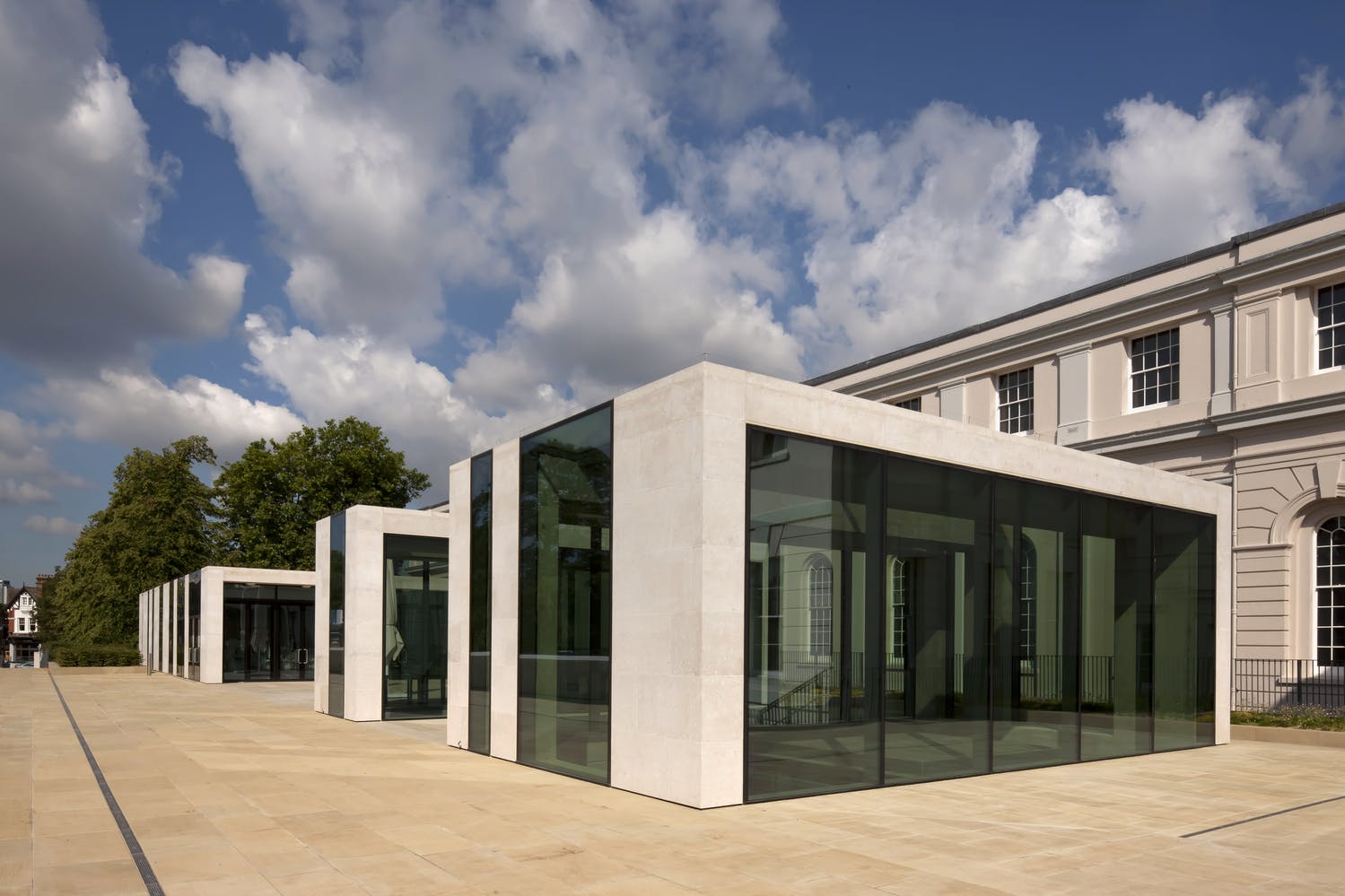
Our sensitive renovation also included the creation of new café, restaurant with attractive terraces and views over Greenwich Park. We designed the improved circulation spaces and enhanced the visitor facilities. It also created state-of-the-art exhibition spaces including the 850m2 special exhibitions gallery which hosts a programme of major temporary exhibitions.
The renovation and extension were made possible by the generous donation of £20m from Sammy Ofer, philanthropist and international shipping magnate, alongside an award of £5m from Heritage Lottery Fund.
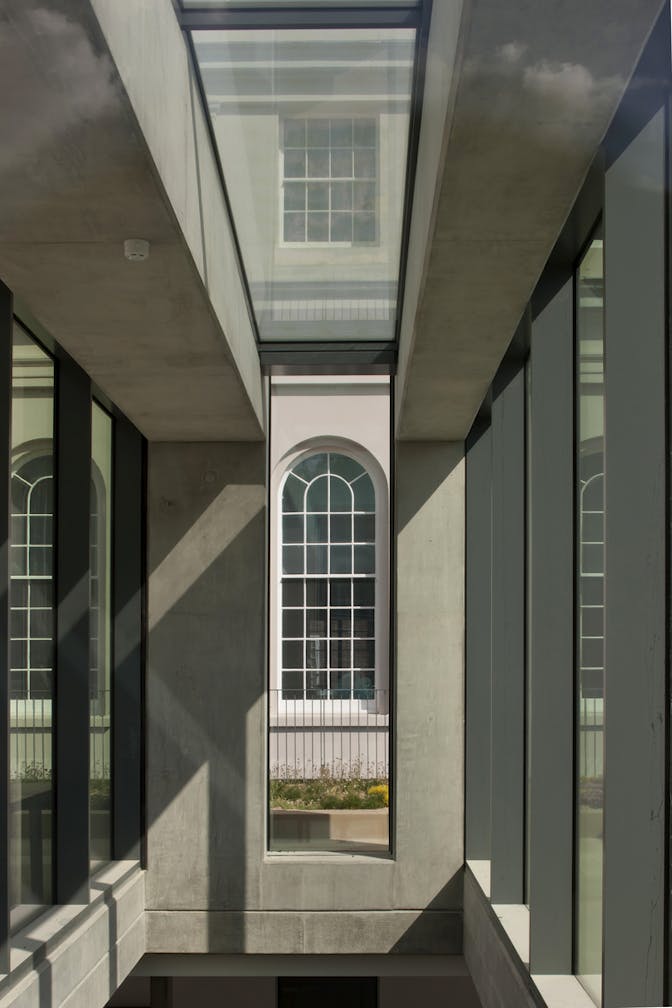
The scheme also included the creation of a new library to meet high demands for historical document storage. With a world-class collection of over 100,000 books and miles of shelved manuscripts, the new space gives researchers and the public unprecedented access to key artefacts for the first time. We ensured the archive complied with modern conservation standards including accessibility, temperature and humidity regulations. The project was given a ‘Very Good’ BREEAM rating, making the museum interactive and engaging for the 21 century. The wing was the largest development in the museum’s history and became a catalyst for the change of how the National Maritime Museum presents its galleries, exhibitions and events.
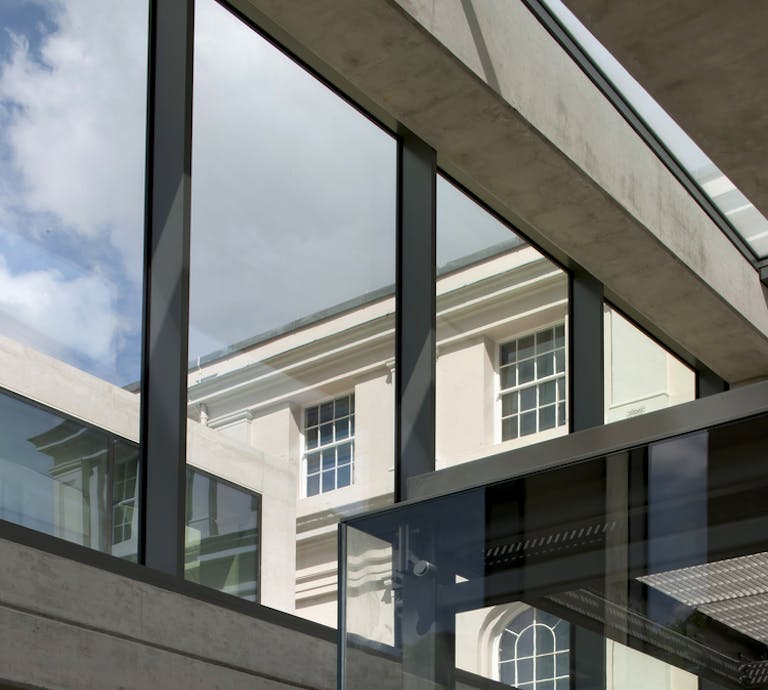
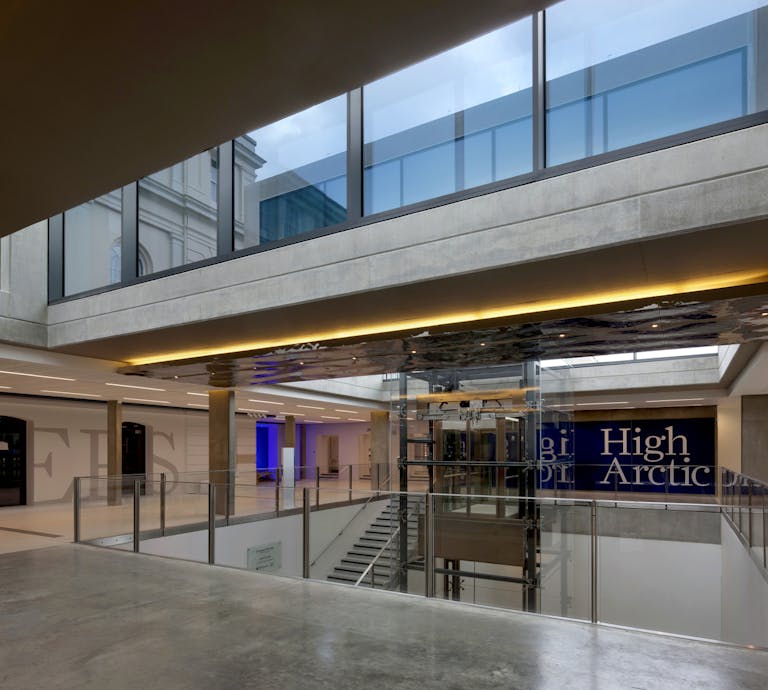
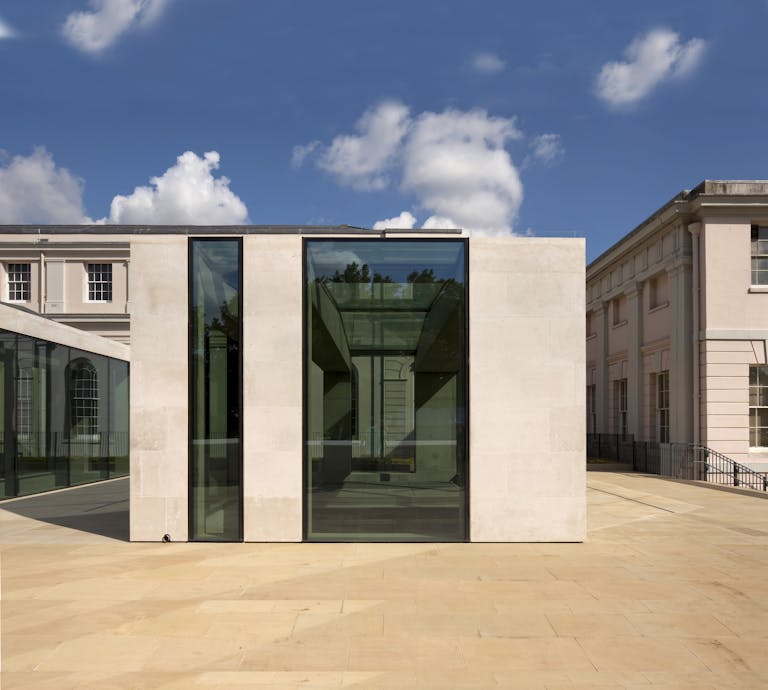
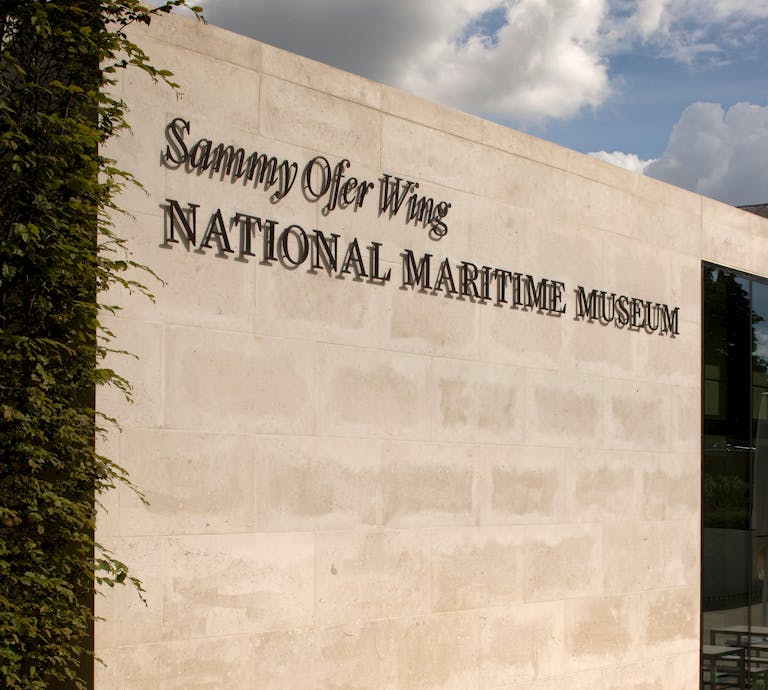
Nelson’s Ship In A Bottle
Purcell was employed to design and position a plinth to display the ‘Nelson’s Ship in a Bottle’ artwork by Yinka Shonibare MBE. The sculpture is a scale replica of the HMS Victory in a bottle, with sails made of patterned textiles. It ties together the global history of trade over oceans and the complexity of Britain’s trade and empire, made possible by Nelson’s victories that created freedom of the seas.
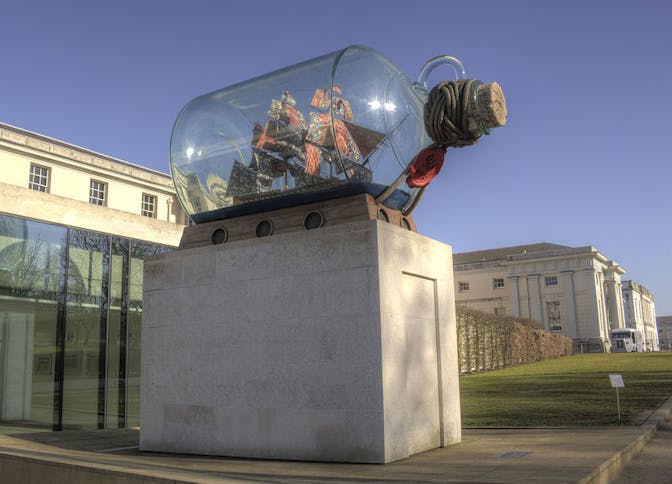
The artist Yinka Shonibare MBE said: ‘Britain's maritime history has undoubtedly made a large contribution to the history of multi-culturalism in Britain. Indeed my own identity has been shaped by this history. Nelson's Ship in a Bottle and other works I will be presenting at Royal Museums Greenwich, are a playful and provocative way of exploring multiculturalism in Britain today.’
Located outside the new Sammy Ofer Wing at the National Maritime Museum in Greenwich, the artwork was re-sited from the Fourth Plinth at Trafalgar Square. The commission was generously funded by Art Fund and private donors. The overall shape, scale and detailing of the plinth has been designed to harmonise with the Portland Stone clad facades of the new Sammy Ofer Wing. Crosland Hill York Stone is used around the base to match the existing paving in the landscape. A bronze plaque in this paving includes a description of the artwork, which is visible to both museum visitors and the public enjoying Greenwich Park.
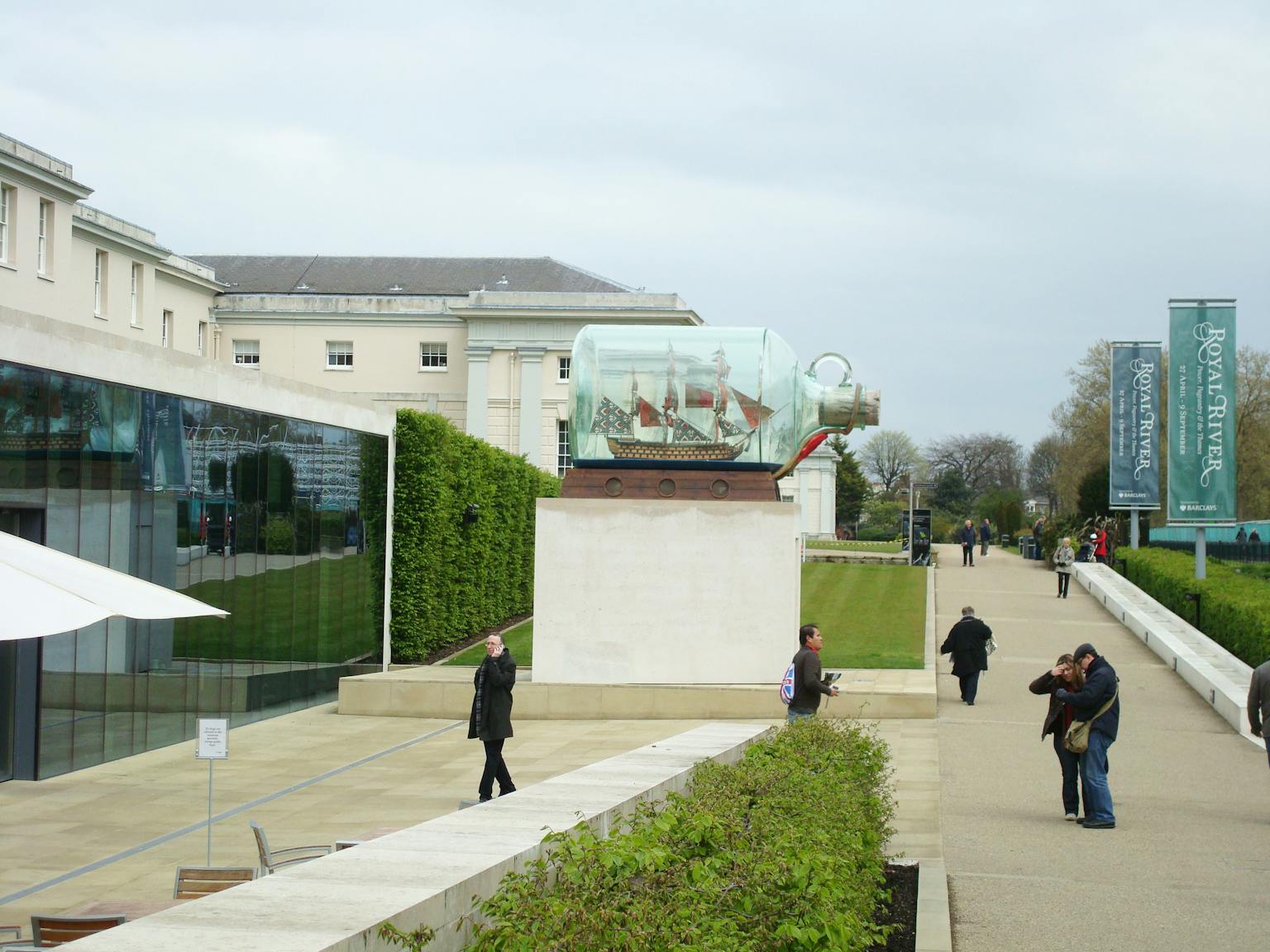
The Endeavour Galleries
Purcell worked with the National Maritime Museum’s team to renovate and restructure outdated spaces in the Grade I listed building. They have been transformed into four new exhibition and archive collection spaces named The Endeavour Galleries.
The project included the redecoration of the significant Rotunda designed by Sir Edwin Lutyens, housing the bust of Sir James Caird. The spaces were previously accommodated by offices and the closed Caird Library. The library, with features and furniture designed by Sir Edwin Lutyens, had been made redundant by the new museum library, archive and reading room in the Sammy Ofer Wing. Through careful negotiation with Historic England and the 20thC Society, we were able to reuse some of Lutyens book stacks and panelling to other areas within the museum allowing the library space to be converted to a public gallery.
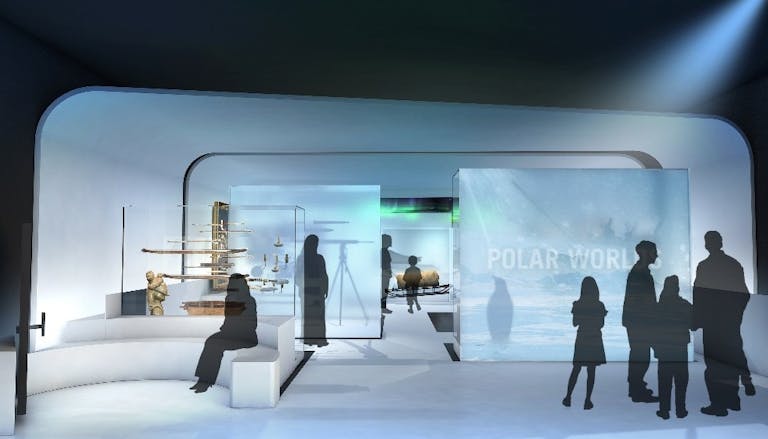
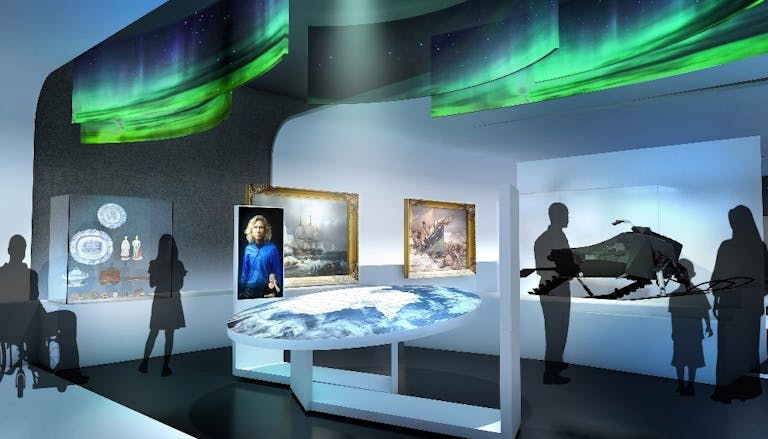
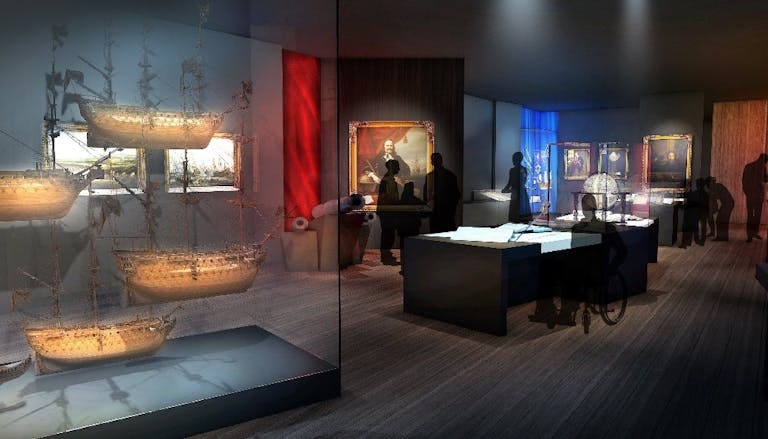

Working with exhibition designers Casson Mann and museum curators, Purcell has carefully designed the new gallery spaces. The scheme integrates technical requirements for floor loadings, conservation and environmental control for the artefacts, and narrative interpretative displays. The four galleries will be called Polar Worlds, Tudor and Stuart Seafarers, Pacific Encounters and Sea Things.
The central galleries will be linked to the main museum. The project offered us the opportunity to introduce an exciting and contemporary piece of design in the form of a ramped, bridge link, to resolve visitor circulation within the space and to join the new gallery to the rest of the museum.
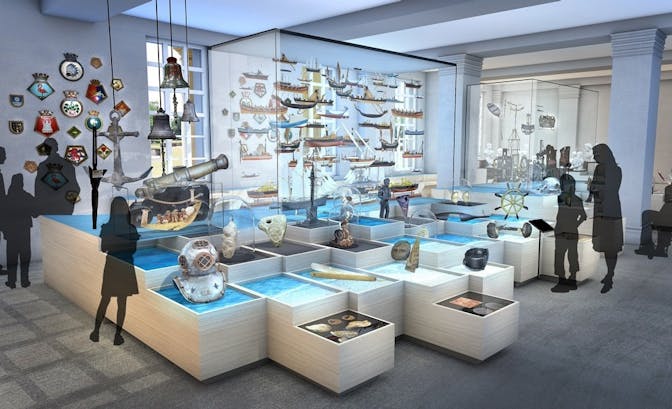
Funded by the Heritage Lottery Fund, the development will also include a new classroom hub area, better office facilities and restoration throughout. The project has converted approximately 1000m2 of space into public use to create inspiring spaces to discover the museum’s collections, with 40% more artefacts able to go on display and more learning opportunities than ever before.
